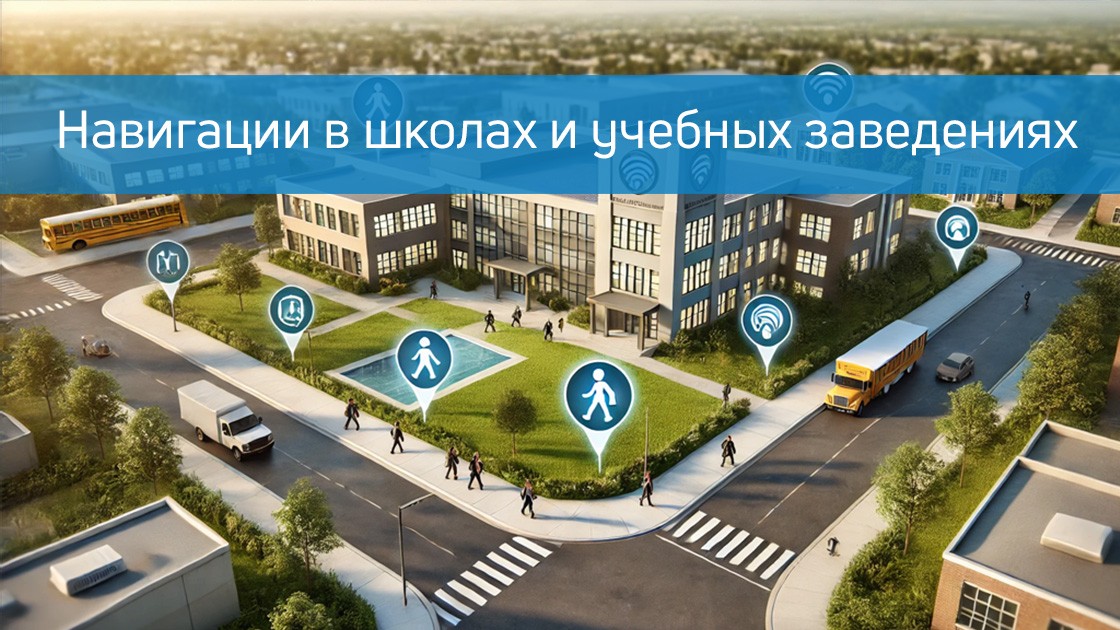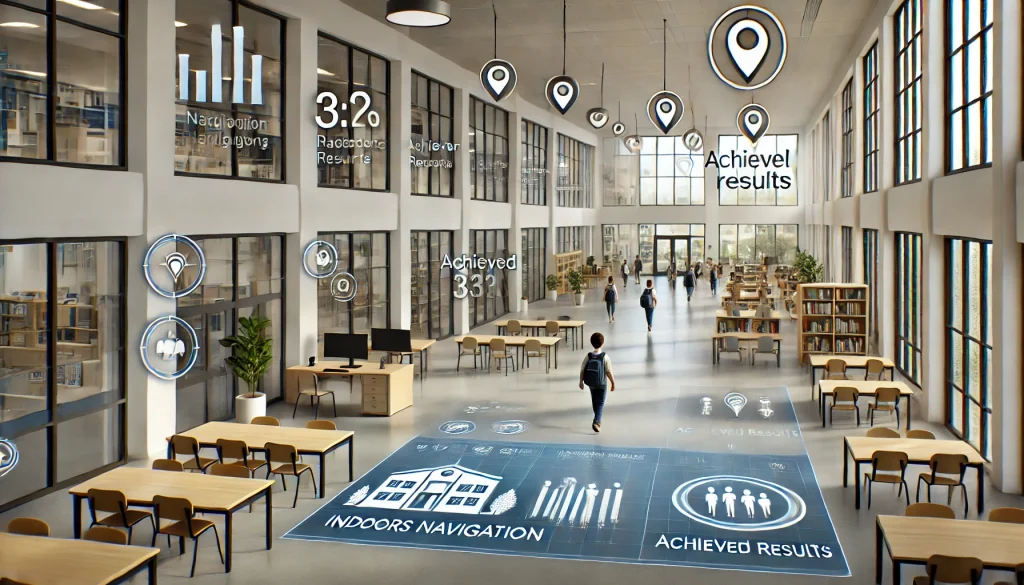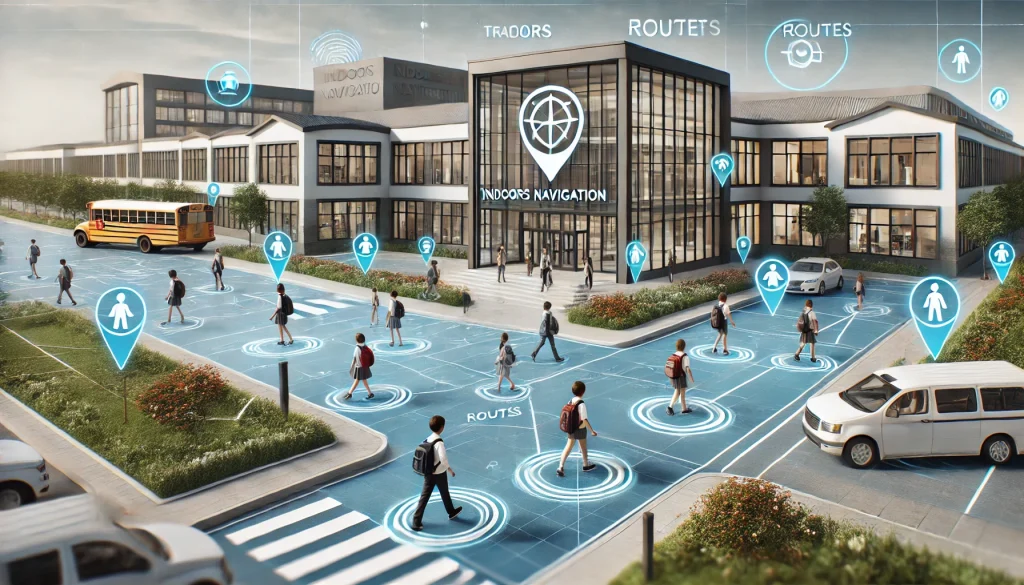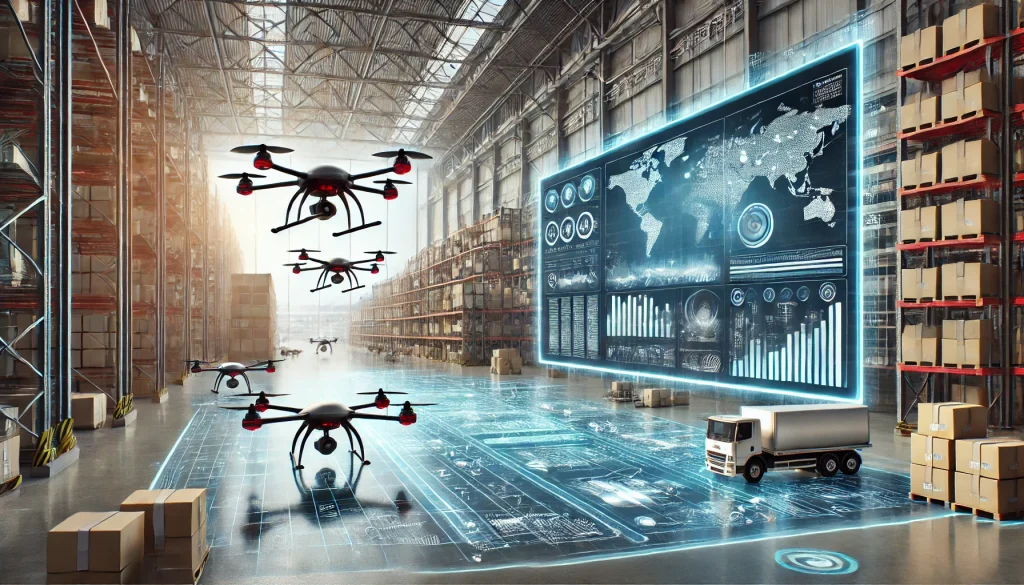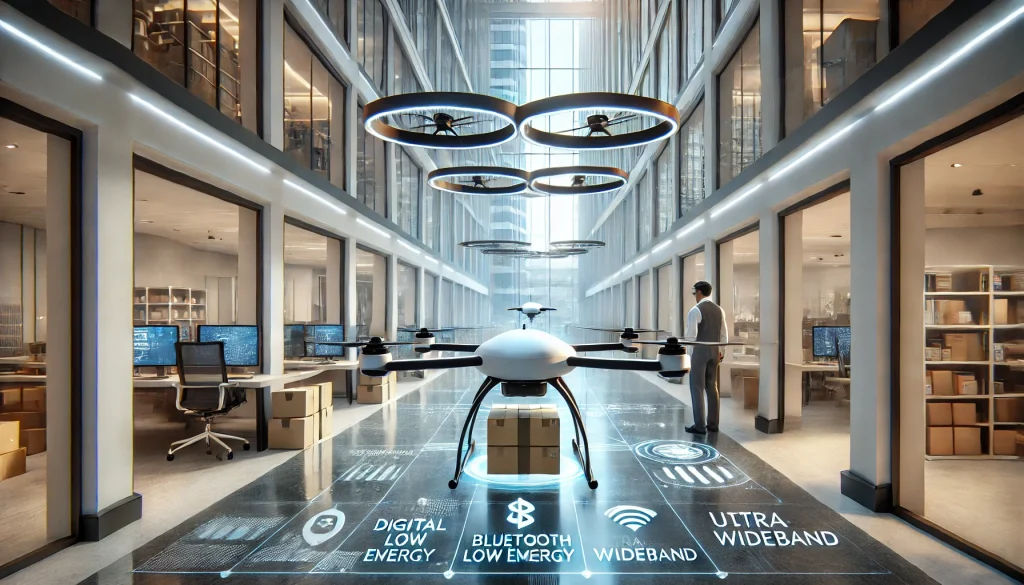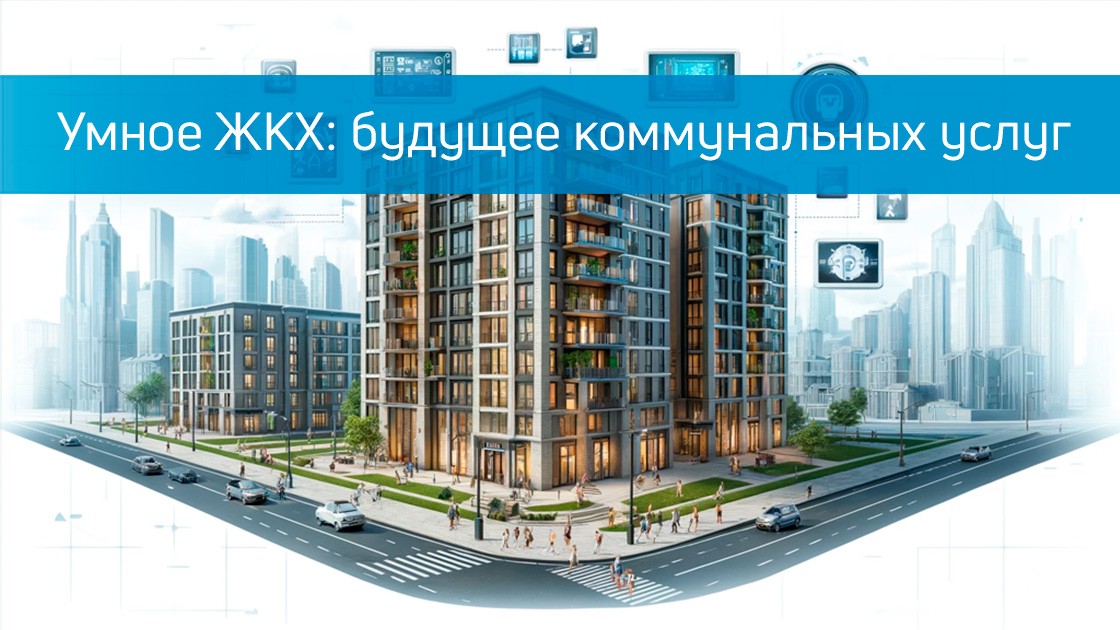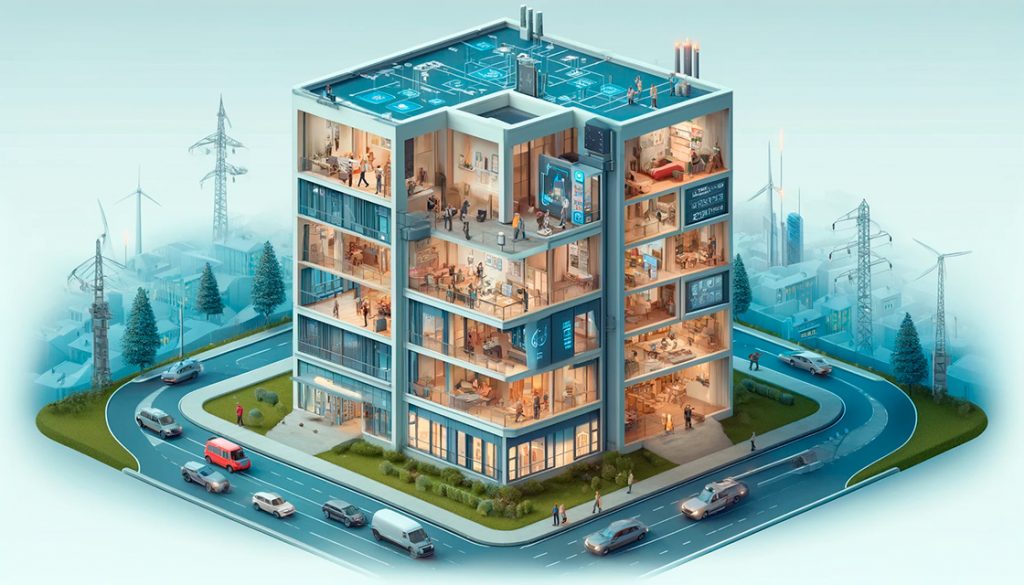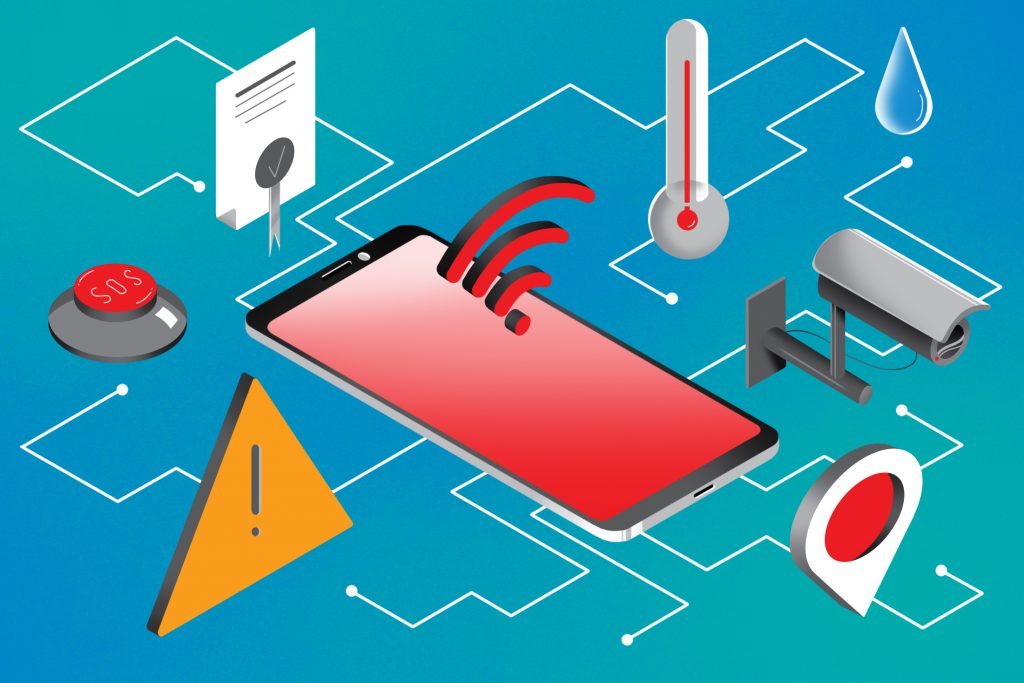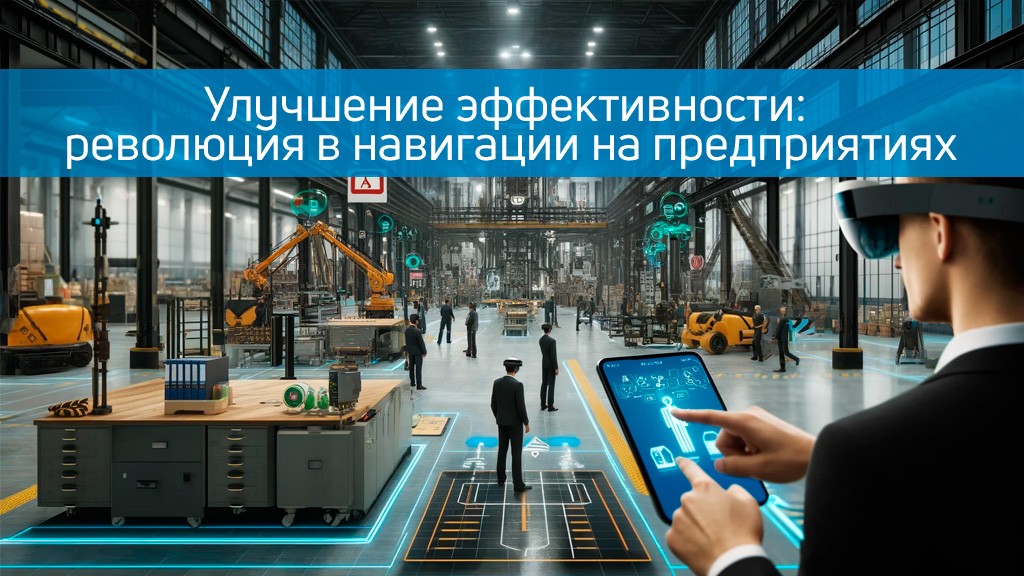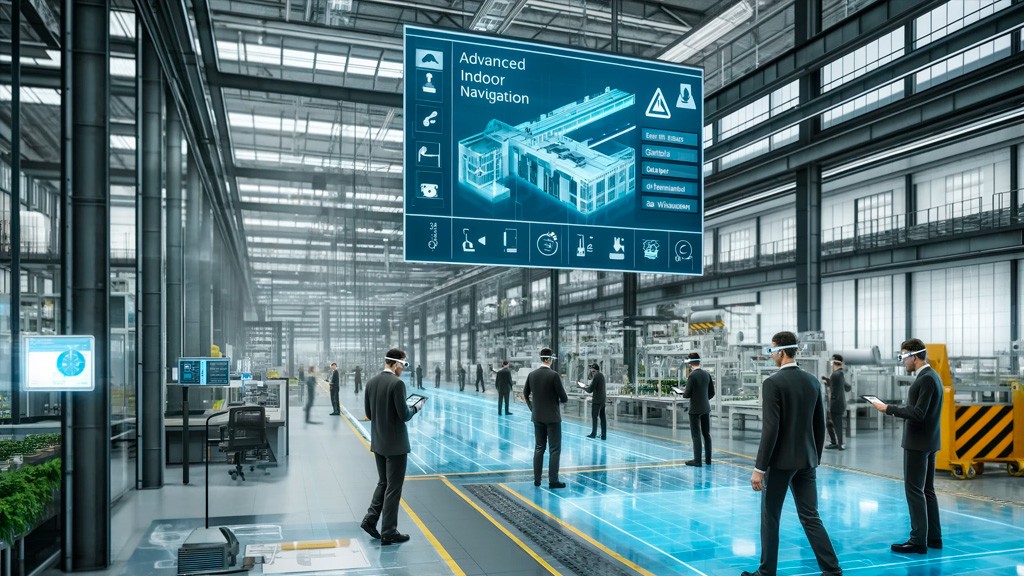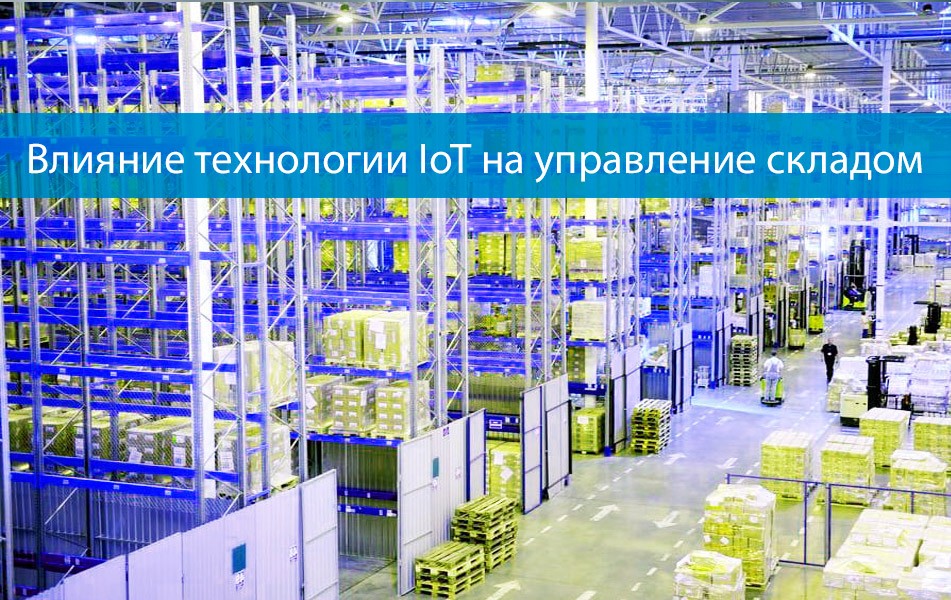A visit to the theater is always a celebration of art and culture. However, in large and modern theaters, visitors often face problems that can make it difficult to fully enjoy the event: finding the right room, confusing routes, long queues at the cloakroom or buffet. Modern navigation technologies are able to solve these problems, making visiting the theater comfortable and unforgettable, and making the work of employees more efficient.
In this article, we will look at why modern navigation systems are necessary for theaters, how they help visitors and staff, and what their role is in improving operational processes.
Why do modern theaters need navigation systems?
Modern theater buildings are often complex architectural structures with multiple floors, zones, and specialized rooms. This can cause difficulties for both visitors and employees.
- Complicated routes. Visitors may have difficulty finding the right room, cloakroom, toilet, or buffet. This is especially true for large theaters with multiple stages or international theaters where orientation is complicated by the language barrier.
- Reduction of adaptation time. Often, the audience arrives at the theater a few minutes before the start of the performance, which makes the search for a place even more stressful. Modern navigation helps you quickly and accurately get to the right point.
- Problems for low-mobility groups of the population. Theaters are required to take into account the needs of people with disabilities. Traditional signs and routes often do not provide comfortable movement for such groups.
- Reducing the burden on staff. In the absence of a navigation system, visitors are forced to turn to staff for help. This distracts staff from other tasks and creates additional queues.
How do modern navigation systems help visitors?
1. Intuitive theater map
Electronic navigation provides visitors with the opportunity to explore the map of the building in real time, including all halls, buffets, wardrobes, toilets, recreation areas and additional services. The visitor can independently choose a route that will be displayed on his device or information kiosk.
2. Setting routes to places
The system allows you to quickly find your way to your seat in the auditorium. The visitor enters the number of the ticket or row, and the system plots a convenient route. This is especially convenient for people who visit the theater for the first time and are not familiar with its structure.
3. Multilingual interface
For foreign guests, the systems offer an interface in several languages, which facilitates their orientation and makes the visit pleasant.
4. Solutions for people with limited mobility
Navigation is integrated with information about accessible routes for people with disabilities, including ramps, elevators and special places. This significantly improves the accessibility of the theater and shows concern for inclusivity.
5. Timely information
The system can notify visitors about the start time of the performance, the upcoming breaks, and the workload of buffets or cloakrooms. This helps viewers to plan their time rationally.
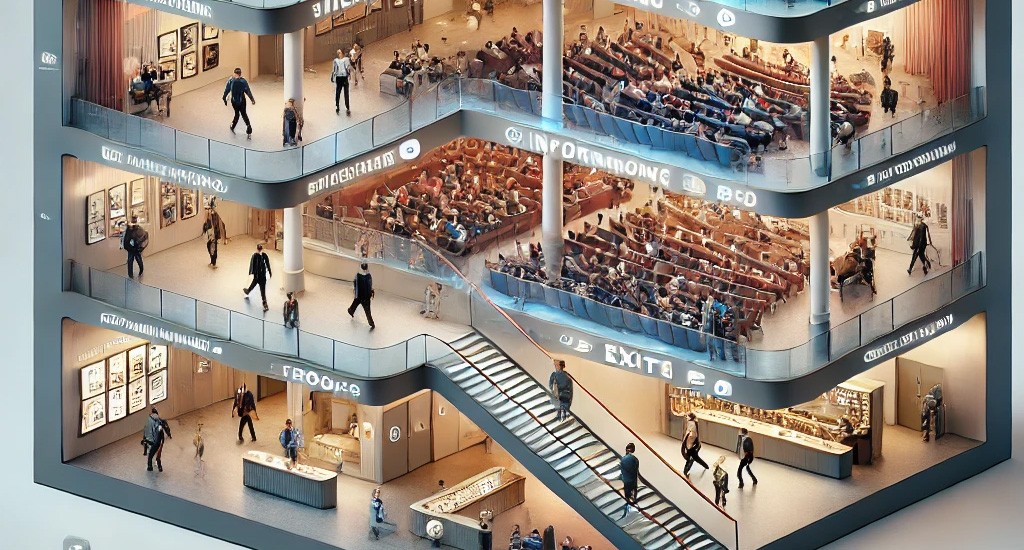
Benefits for employees and administration
Modern navigation systems facilitate the work of theater staff and help the administration improve operational processes.
1. Reducing the burden on staff The system removes some of the burden from the wardrobe staff, supervisors and administrators. Visitors can independently find the necessary information and route, which reduces the number of questions to the staff.
2. Managing the flow of visitors With the help of the system's analytics, the administration can monitor the audience flows in different areas of the theater. This allows you to predict in advance the workload of certain sites and redistribute staff.
3. Feedback from visitors The system may include the ability to leave feedback about a visit. This helps to identify problem areas and work on their elimination.
4. Analytics and statistics The navigation system collects data on the movements of visitors and their time spent in different zones. This helps the administration to optimize the location of services and improve the customer experience.
5. Saving resources Automation of navigation reduces the cost of paper signs and additional information stands.
Usefulness for users
Modern navigation makes visiting the theater comfortable for all categories of users.:
- For frequent visitors. The system saves time and allows you to focus on the main goal — to enjoy art.
- For beginners. People visiting the theater for the first time receive detailed instructions and routes, which relieves stress and makes their visit enjoyable.
- For foreign guests. The interface in several languages helps to avoid the language barrier.
- For people with disabilities. Well-thought-out routes make the theater accessible to everyone.

Usage examples
- A theater with several halls. If the theater is hosting performances on different stages at the same time, navigation helps each viewer quickly find the right place.
- Events with a large number of visitors. On premiere or tour days, the system helps manage large flows of people, minimizing queues and delays.
- Interactive features. Navigation can be complemented by the ability to book buffets or cloakrooms through the app, which saves viewers time.
Conclusion
Modern navigation in theaters is not just a convenience, but an important element that improves the quality of service and work efficiency. It makes visiting the theater comfortable for the audience and helps the staff to focus on their tasks.
The introduction of such technologies demonstrates concern for visitors and strengthens the theater's reputation as an innovative and client-oriented cultural institution. With Indoors Navigation, your theater will become a place where the audience will come back again and again!


